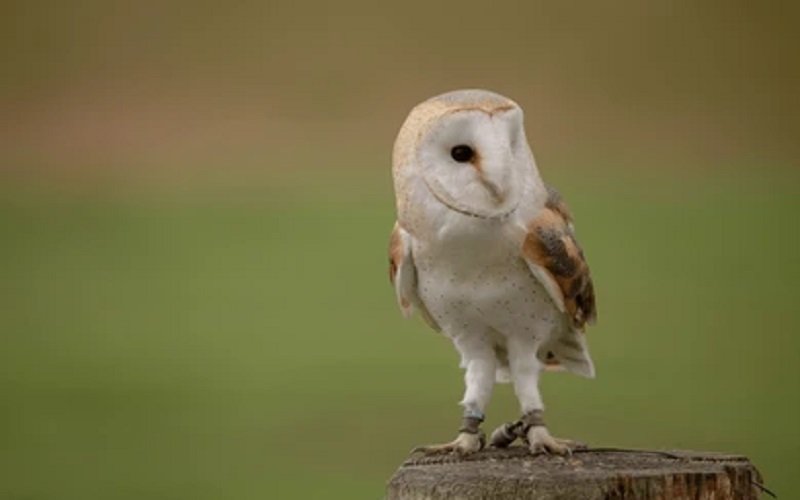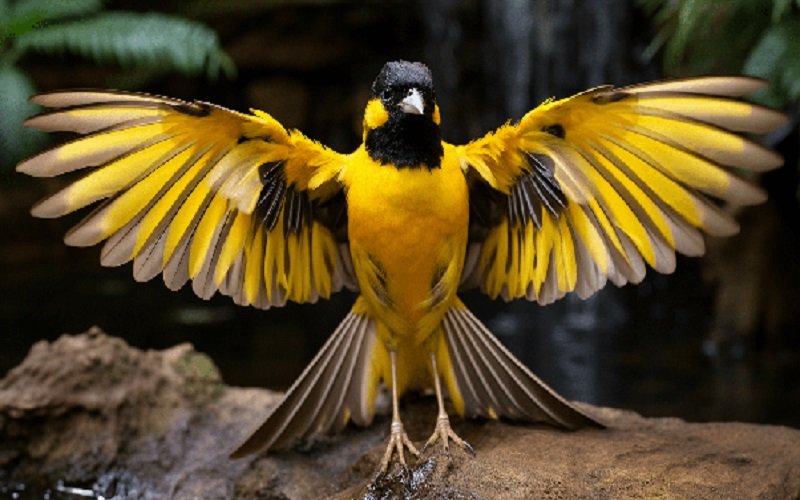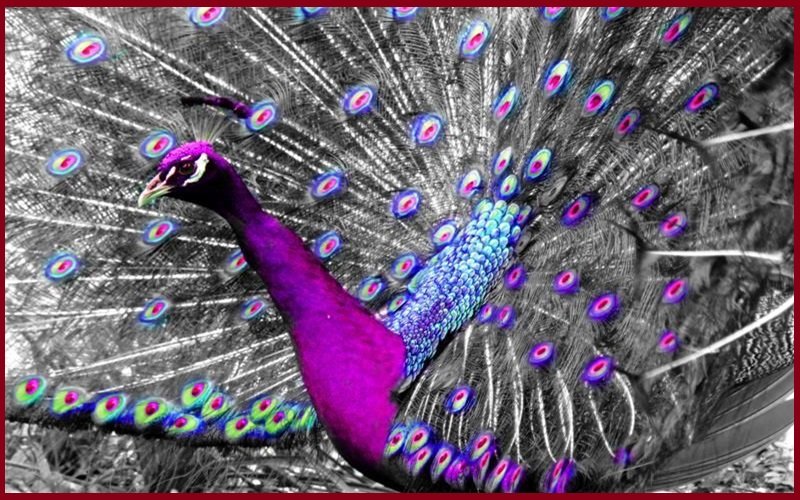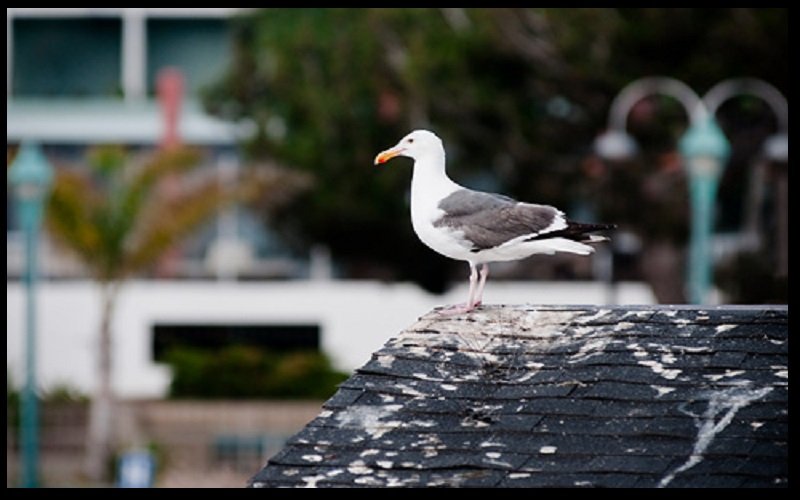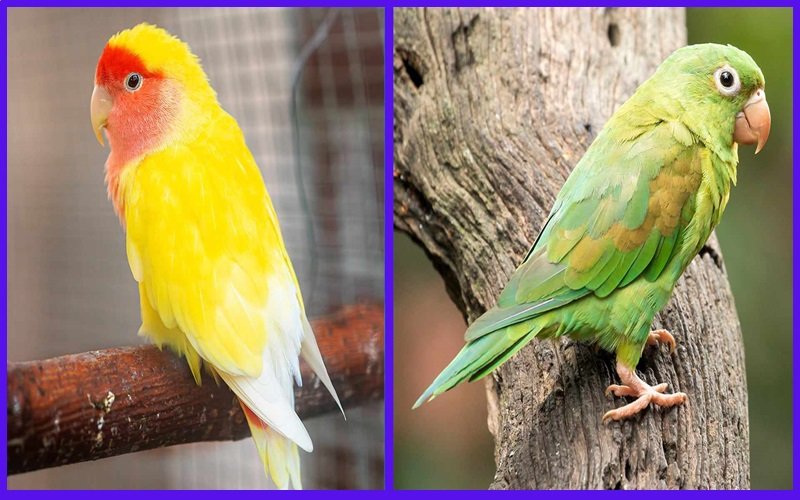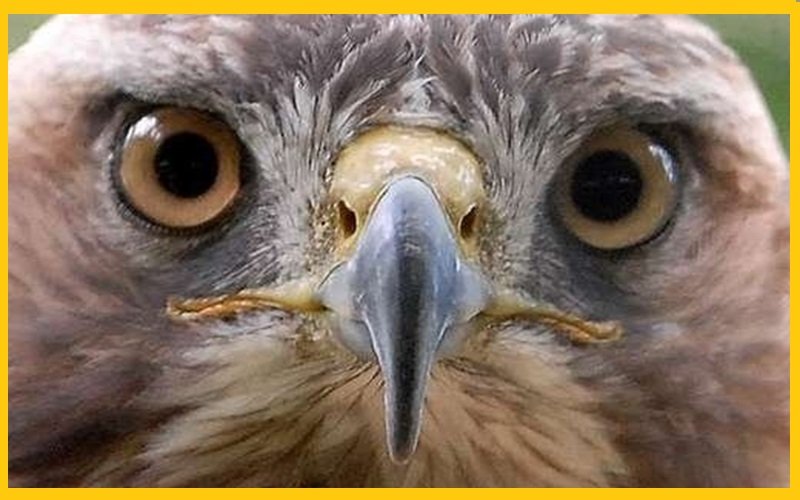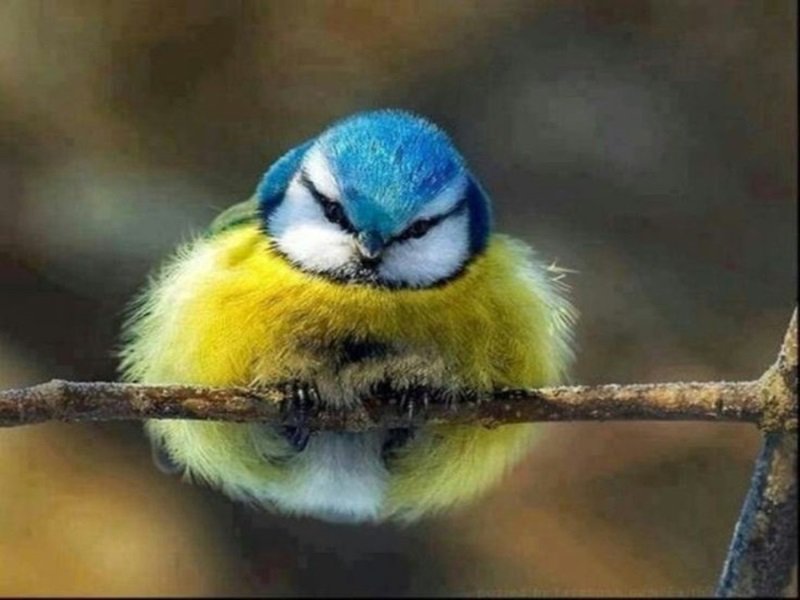Owls are the nocturnal mysterious birds of the forests. So many hidden characteristics can make you wonder about these night birds.
One of the wonders of these nocturnal birds is their legs. Learning about owls’ legs can deepen your knowledge about these mysterious night birds.
That’s why, in this article, I’ll provide a general overview of owls’ legs and anatomy.
Besides, I will talk about the role of legs in owls’ lives, their leg behavior in the wild, and some fun facts about their legs along with some health care tips for you if you are a new bird owner of pet owls, which will enlighten your knowledge.
So let’s explore the wonder of owls’ legs.
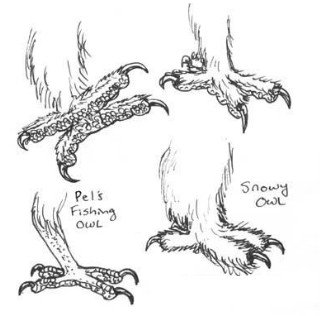
Anatomy of Owl Legs
The anatomy of an owl’s legs is a femur, a knee, a tibia, a fibula, an ankle, a foot, and four toes.
Owls have long legs with short thigh bones, also called femurs, and long shin bones. If you see an owl, you might mistake its main joint or folded part for its knee. But actually, it’s its ankle, not its knee.
That is why you will be misled if you do not know their leg anatomy. However, the misconception that owls don’t have knees is very common because their body and legs are covered by their body features when sitting.
That’s why people also believe owls have short legs, but technically, they have really long legs. Besides, Owls have four toes on each foot, and each toe has sharp claws.
These claws are also known as talons. Owls’ two toes are pointed forward, one toe is pointed backward, while the third toe is pointed in the middle of both the forward and backward toes.
Some owls have three toes pointed forward and some species have two toes pointed forward. This is called Zygodactyl feet of owls. These zygodactyl feet might vary from species to species in a different structure.
These designed shaped toes help them to catch, grab, or hold their prey very comfortably. Additionally, they can also perch effectively or stay steadily on any trees. Moreover, their ankle joint also helps them to catch their prey from any angle or helps them to rotate their toes.
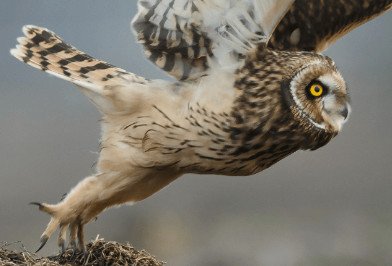
The Role of Owl Legs
Being a raptor or predatory bird, every feature of their body plays a significant role in every part of their survival.
Similarly, owls’ legs are vital to their survival and adaptability to the environment. Let’s explore how owls’ leg adaptability helps them thrive in the wild.
Perching
Owls’ legs help them perch on trees or other top edges in the wild, and their zygodactyl feet can hold up to any tree or branch.
Their feet also help them keep their balance straight onto tree branches calmly and steadily. By perching, owls can take a rest or scan the surroundings for prey.
Owls can also stand on a perch or the spot without moving a muscle. This can help them hunt their prey without giving them any hint while staying calm and quiet.
Walking
Owls also use their long legs or feet to walk like other birds. They usually walk on the ground to search for any little insects or food.
Owls can even run with their long legs and chase their prey. Almost every species of owl uses walks to catch little insects or search for food on the ground.
Burrowing owls are also walking owls that walk or run with their legs while spreading their wings.
Hunting
These nocturnal owls also use their legs and feet for hunting. While perching on a tree or the edges, they detect their prey. They swoop down with a silent fly and grab their prey if they see their prey.
As owls have really silent flight ability, prey couldn’t sense their presence around them. Meanwhile, owls grab their prey with their sharp talons or claws. Their sharp talons can grab prey of a similar size or even slightly bigger than them without any hassle.
They can even grab or give their prey a force of 500 pounds per square foot. Additionally, owls have excellent night vision, which helps them see their prey even at night.
While detecting their prey, owls use their sharp claws or talons to grab and kill them. The extreme muscle strength on their legs helps owls easily kill their prey.
Warmth
Similarly, owls’ legs help them survive in cold and uncomfortable weather. Since these avian species have to deal with many bad atmospheric conditions, they have many adaptable behaviors that help them survive in nature.
Likewise, owls’ legs help them survive in very bad conditions. Owls’ legs give them warmth and heat because they are structured that way. Their legs are made from bones and joints by tendons.
Therefore, their legs can take the freezing and cold environments without affecting their whole body. Furthermore, some owl species have feathers on their legs which give them heat and warmth to their body.
For example, in snowy owls living in Atlantic environments, their legs’ feathers help their body keep warm. Also, Great Grey Owls have layered feathers on their legs, providing more heat.
Defense
Being predatory birds, owls also have their own predators in nature. In that case, owls use their defense mechanism strategy to save themselves from predators.
If they sense any predators around themselves, they use their claws to grab that predator’s legs. This is called the lock mechanism technique, where they grab the predator’s legs with their claws and use their beaks to attack the predator.
Barn owls especially use this lock technique to save themselves from predators. And so, owls use this technique to save their eggs and chicks from intruders and predators.
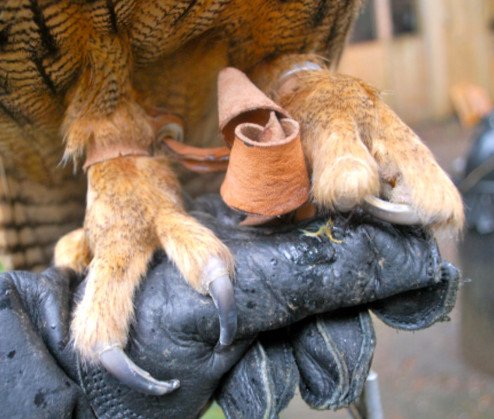
Owls Leg Health and Care
Owls’ legs can also lead them to face any injuries. They might have fracture health problems on their legs, leading to standing and grabbing issues.
Similarly, if their legs are cut while hunting or defending themselves from predators, they can have an infection or cut injuries. Therefore, they will need proper medical treatment or antibiotics to heal their wounds.
Parasites on their legs can also attack them. They will also need proper care and medication. Proper rehabilitation and care can give them back their hunting abilities, which will flourish them in the wild.
Fun Facts About Owls Legs
- Owls can walk and run with their legs. Mostly, owls are digitigrade animals, which means these types of animals can walk on their toes. Similarly, owls can walk and run equally with their toes. However, they do not frequently choose to walk or run. However, they have the ability to walk and run on their own. Yet, an owl walking could be a bad sign that the owl is injured or hurt, which makes it unable to fly.
- Owls can often go fishing. In this case, they perch near watery places like rivers, lakes, and ponds and look for their prey. When they see their prey, they grab or snatch a fish out of the water with their sharp claws.
- Eurasian owls have the most considerable legs, around 15 inches long, among owl species. On the other hand, the shortest owl’s legs are about 4 inches long.
- Owls can also stand on one leg for hours. Scientific reasons claim that they use this behavior to save energy and to keep their body warm. They also use this on leg perching while scanning the environment for prey.
- Owls’ knees don’t bend backwards as their thighs are joined and knees are placed just above the ankle. So they can move their lower parts of the legs backwards and forwards.
- Owls also have mythical and symbolic meanings in different cultures. Some cultures consider owls symbols of wisdom and knowledge. On the other hand, a few cultural beliefs say that owls are disguised witches who snatch souls at night.
Finishing
In the finishing line, the owls’ legs are uniquely structured. These legs help the owls adapt to the environment in many ways, such as hunting, perching, walking, defending, and so on.
However, their legs might also face some injuries, which can cause health issues and affect their wild nature.
By preventing their health issues through the proper rehabilitation process, we can provide them with healthy wildlife. Thus, owls’ leg anatomy, leg behavior, and adaptability accommodate them to lead thriving wildlife.

